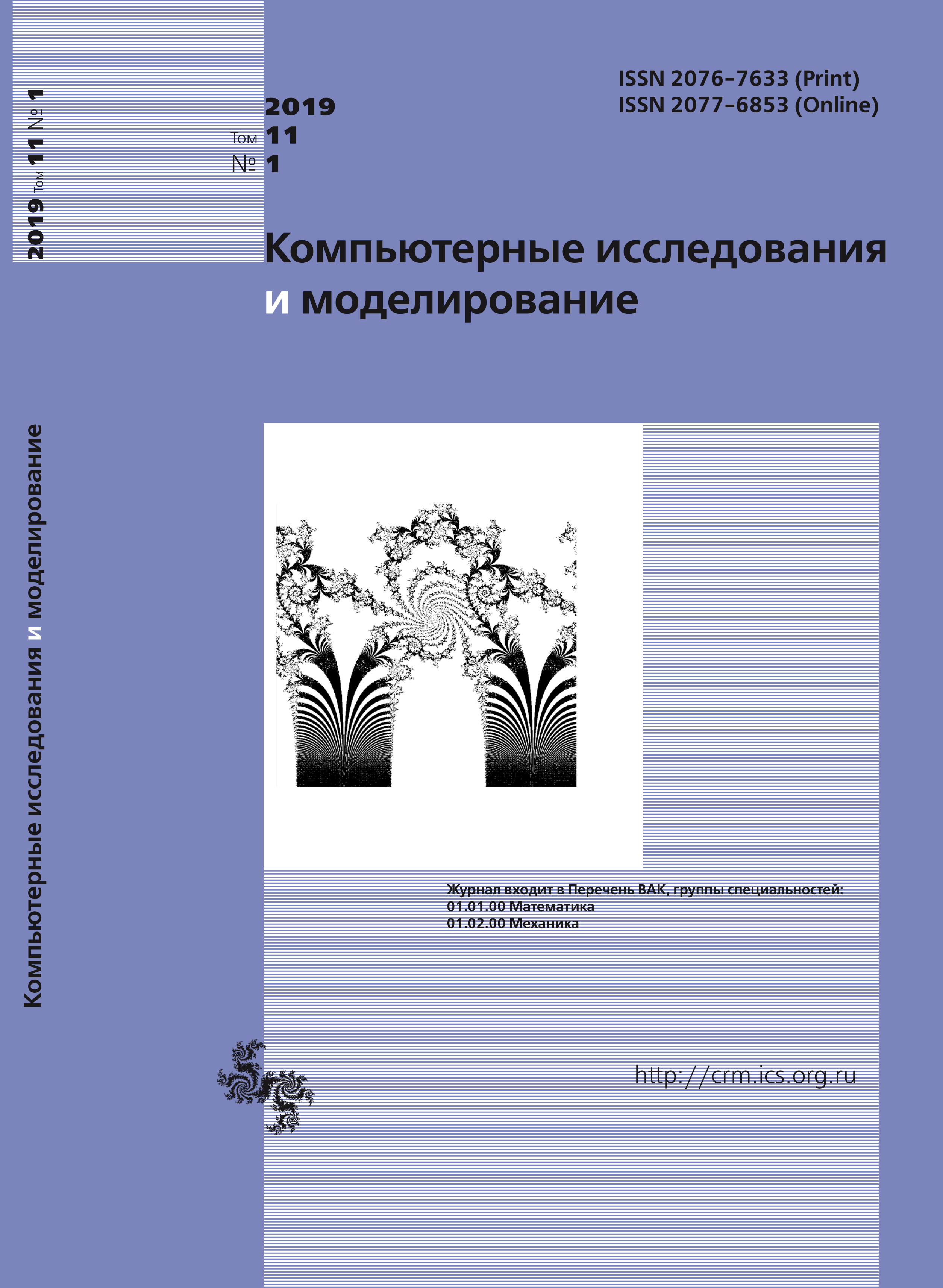All issues
- 2025 Vol. 17
- 2024 Vol. 16
- 2023 Vol. 15
- 2022 Vol. 14
- 2021 Vol. 13
- 2020 Vol. 12
- 2019 Vol. 11
- 2018 Vol. 10
- 2017 Vol. 9
- 2016 Vol. 8
- 2015 Vol. 7
- 2014 Vol. 6
- 2013 Vol. 5
- 2012 Vol. 4
- 2011 Vol. 3
- 2010 Vol. 2
- 2009 Vol. 1
Application of a balanced identification method for gap-filling in CO2 flux data in a sphagnum peat bog
The method of balanced identification was used to describe the response of Net Ecosystem Exchange of CO2 (NEE) to change of environmental factors, and to fill the gaps in continuous CO2 flux measurements in a sphagnum peat bog in the Tver region. The measurements were provided in the peat bog by the eddy covariance method from August to November of 2017. Due to rainy weather conditions and recurrent periods with low atmospheric turbulence the gap proportion in measured CO2 fluxes at our experimental site during the entire period of measurements exceeded 40%. The model developed for the gap filling in long-term experimental data considers the NEE as a difference between Ecosystem Respiration (RE) and Gross Primary Production (GPP), i.e. key processes of ecosystem functioning, and their dependence on incoming solar radiation (Q), soil temperature (T), water vapor pressure deficit (VPD) and ground water level (WL). Applied for this purpose the balanced identification method is based on the search for the optimal ratio between the model simplicity and the data fitting accuracy — the ratio providing the minimum of the modeling error estimated by the cross validation method. The obtained numerical solutions are characterized by minimum necessary nonlinearity (curvature) that provides sufficient interpolation and extrapolation characteristics of the developed models. It is particularly important to fill the missing values in NEE measurements. Reviewing the temporary variability of NEE and key environmental factors allowed to reveal a statistically significant dependence of GPP on Q, T, and VPD, and RE — on T and WL, respectively. At the same time, the inaccuracy of applied method for simulation of the mean daily NEE, was less than 10%, and the error in NEE estimates by the method was higher than by the REddyProc model considering the influence on NEE of fewer number of environmental parameters. Analyzing the gap-filled time series of NEE allowed to derive the diurnal and inter-daily variability of NEE and to obtain cumulative CO2 fluxs in the peat bog for selected summer-autumn period. It was shown, that the rate of CO2 fixation by peat bog vegetation in August was significantly higher than the rate of ecosystem respiration, while since September due to strong decrease of GPP the peat bog was turned into a consistent source of CO2 for the atmosphere.
Copyright © 2019 Sokolov A.V., Mamkin V.V., Avilov V.K., Tarasov D.L., Kurbatova Y.A., Olchev A.V.
- , , , , , , , . Net Ecosystem Exchange, Gross Primary Production And Ecosystem Respiration In Ridge-Hollow Complex At Mukhrino Bog. // GEOGRAPHY, ENVIRONMENT, SUSTAINABILITY. — 2019. — V. 12, no. 2. — P. 227. DOI: 10.24057/2071-9388-2018-77
Indexed in Scopus
Full-text version of the journal is also available on the web site of the scientific electronic library eLIBRARY.RU
The journal is included in the Russian Science Citation Index
The journal is included in the RSCI
International Interdisciplinary Conference "Mathematics. Computing. Education"







